Internet around the world: India and Pakistan
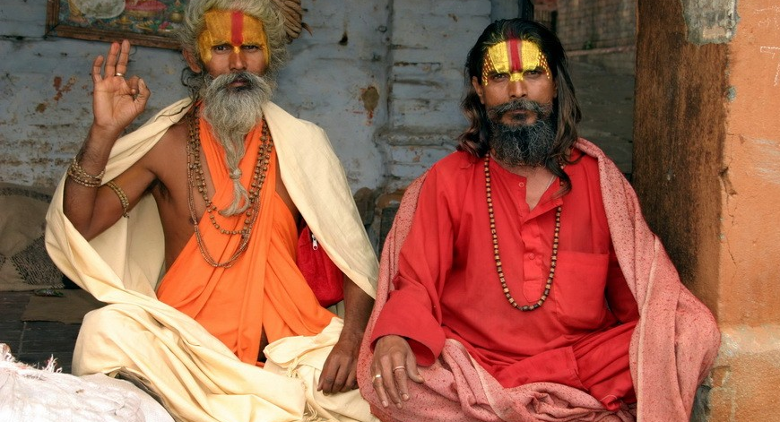
We continue our “Internet around the World” rubric and today we will talk about two countries that were formerly a single state, and today are irreconcilable rivals - India and Pakistan.
Previous publications: Japan and Singapore , Europe , Africa , Iran, Iraq and Saudi Arabia , China and Taiwan , North and South Korea .
India
The ancient state on the territory of the Indian Peninsula today is the second largest population in the world - more than 1.3 billion people, nine times more than in Russia. India has a very long and complex history and no less complex social structure. The country consists of numerous administrative entities - states, each of which is inhabited by representatives of different ethnic groups.
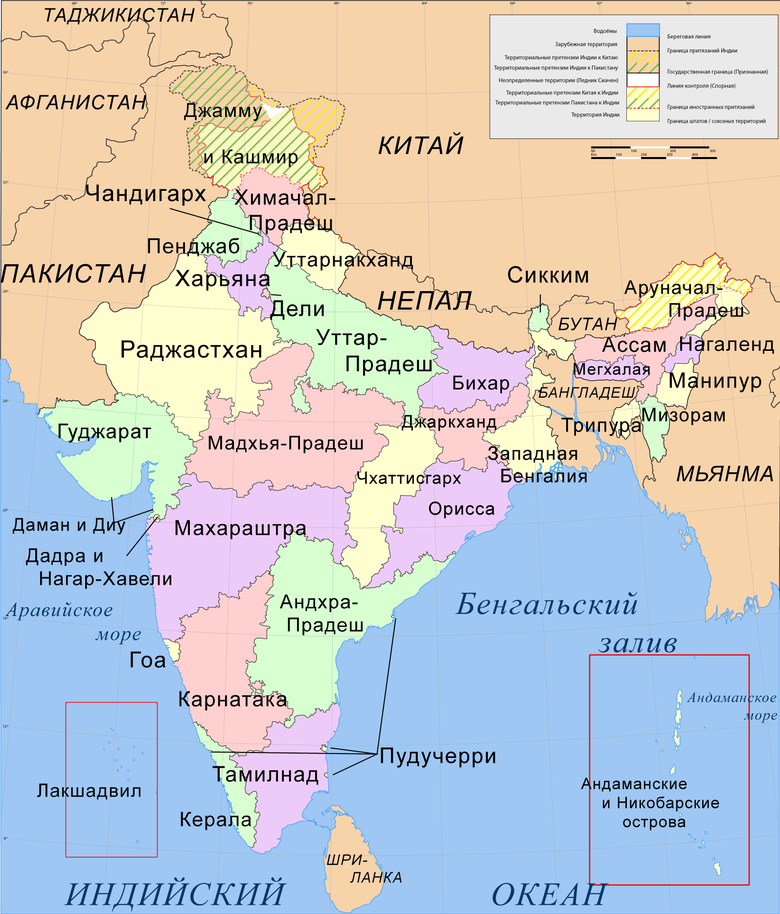
Just think: in addition to the two state languages - Hindi and English, inherited after several centuries of the rule of the British Empire - 447 languages and 2 thousand dialects are used in the country. That is, in India there are many groups of people who literally do not understand some of their compatriots.
Such linguistic diversity does not exist by itself, but in combination with cultural and social diversity. That only is the caste system: in 1931 there were about 3 thousand castes and a podcast in the country. Since 1950, all castes are considered equal, but this conditional division continues to have a huge impact on socio-economic relations within the country.
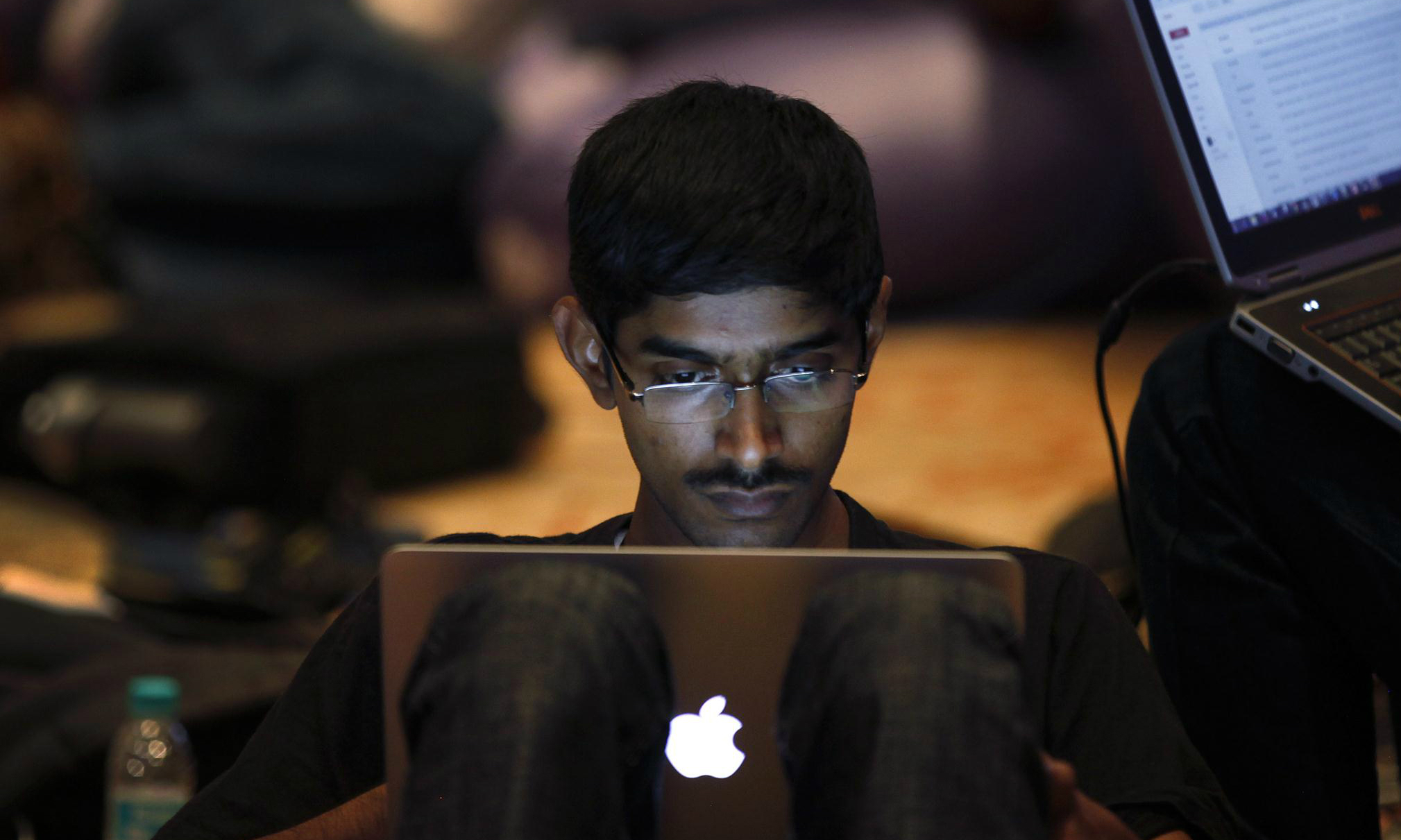
In recent decades, the Indian economy is considered one of the fastest growing. Nevertheless, a huge number of Indians live not just below the poverty line, but in poverty. The country of contrasts is about India. Here you can easily find an ultra-modern five-star hotel, proudly rising in the midst of cinematically horrendous overcrowded slums. About 60% of the working-age population is employed in agriculture, which accounts for 28% of GDP. And only 12% of Indians work in industry, giving 18% of GDP.
India’s national domain is .in. The number of users, according to data for 2016, is estimated at about 462 million people (34.8% of the population). According to other sources - 368 million (28.8%). The first information network connecting educational and scientific institutions appeared in India in 1986, and the first Internet accessible to the public in 1995.

At that time, it was possible to connect 250 hours of the Internet at a speed of 9.6 Kbps for $ 160. For many in India, this is still a lot of money, and in 1995 the Internet was a real luxury. Within three years after the appearance of the Internet, the access speed rose to 33.4 Kbps . For about nine years, the situation with the Internet was not very good: prices were high, infrastructure was undeveloped, access speed was low. By 2004, there were only 22 million users in India — 2% of the population. The dynamics have improved since 2010, when auctions were held in the country for the sale of licenses for the use of 3G and 4G communication spectra — the number of users increased by a third over the year, from 92 to 125 million. According to one estimate , today mobile Internet in India about 346 million people.
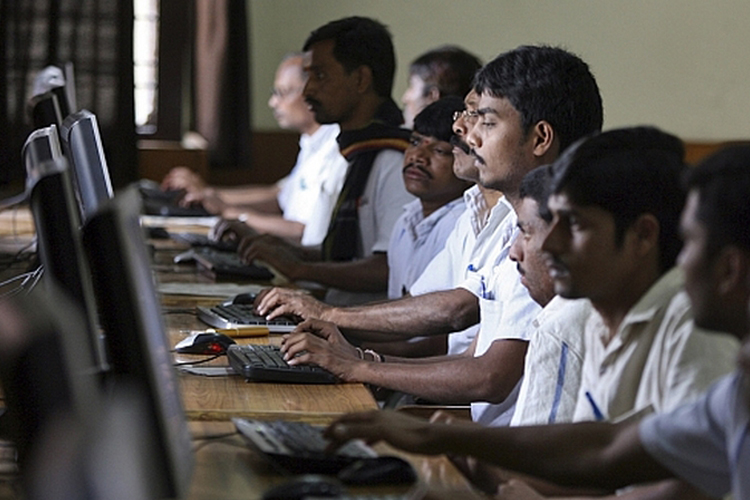
India is connected to the worldwide network by nine submarine trunk cables . At the same time, today the main problem of the local Internet is low access speed. In 2004, the government was concerned about the development of high technologies; a policy of developing broadband access was formulated: “A permanent connection with a download speed of 256 Kbps and higher. In 2014, fixed broadband Internet providers were required to provide a speed of at least 512 Kbps. Also announced a fourfold increase in this limit in the near future. At the same time, according to data for the third quarter of 2016 , the average speed of the Internet in India is 4.1 Mbit / s, and the average peak - 27 Mbit / s. According to these indicators, the country ranked 105th and 107th out of 148.

The cost of Internet in India is quite high - an average of $ 20 per month for a 4-megabit connection, $ 10 for a 1-megabit connection. According to many tariffs, when the traffic limit is reached, the speed is cut several times. Such a sad situation is due to several reasons:
- high cost of traffic transit;
- lack of points of connection to the main channels in the country;
- lack of private traffic exchange points (Internet Exchange Points);
- low efficiency of the national telecom operator NIXI;
- the high cost of creating data centers in India;
- a variety of taxes and license fees imposed on Internet service providers;
- low demand for high access speeds from the users themselves.
Censorship in india
In the Indian segment of the Internet, traffic is partially censored . Until 2008, censorship was almost absent, but after the terrorist attacks in Mumbai, the Information Technology Act was adopted, expanding the rights of the state in the field of Internet surveillance. Nevertheless, there is no talk about any large-scale, systemic censorship. It mainly affects some political and extremist resources and forum discussions. According to local law, government agencies can freely obtain personal data from Internet providers.
Over the past five to seven years, various major resources have been blocked, and sometimes without any explanation, as is the case with Typepad and Blogspot in 2011. In the same year, all file hosting services were temporarily blocked in order to prevent pirated distribution of the film “Singam”. In 2012, Vimeo service and several torrent sites fell out of favor. Also, sites, accounts and groups in social networks, associated with political events that are painful for India, with protests against corruption in the country, were periodically blocked. In 2013, several dozens of porn sites were blocked, in 2014 - 472 file sharing and file hosting (at the request of Sony). In 2015—2016, the government continued the crusade against porn sites . In 2016, Google, Microsoft and Yahoo! agreed to filter in their search results for the Indian segment of the network all information on determining the sex of children during pregnancy and abortions.
Pakistan
In 1947, British India, the former pearl of the colonial British Empire, split into two states: India and Pakistan. From the moment of gaining sovereignty, countries compete with each other for dominance in the region — from 1947 to 1999, four major border conflicts took place. Do not add stability and the disputed territories in the north of the two countries, as well as nuclear weapons, which both India and Pakistan possess. In terms of the structure of the economy and the distribution of employment in industries, Pakistan is in many ways similar to India.
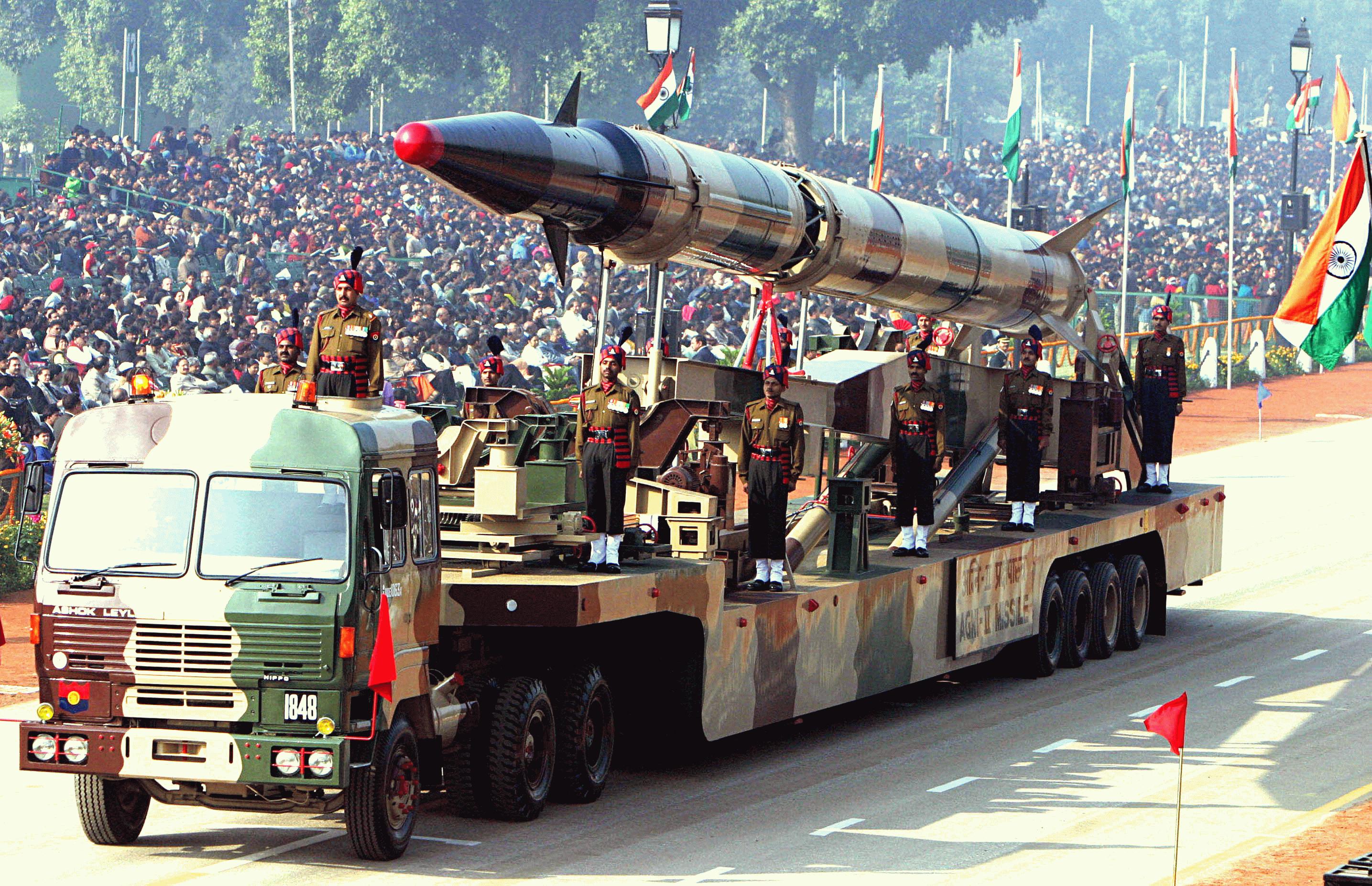
The population of Pakistan is also multinational, although not to the same extent as in India. The country uses two state languages - Urdu and English, but the majority of the population consider other languages as their own.
National Top Level Domain - .pk. For the first time, commercial Internet access began to be provided in Pakistan in 1994. By 2000, there were only 140 thousand users in the country. We must pay tribute to the authorities: in the new millennium they undertook to develop the IT sector. In 2001, the first DSL service appeared, and by 2006, 12 million people used the Internet in Pakistan. Nevertheless, today the success in internetization is small: Pakistan is the second largest Muslim country (193 million people, sixth in the world), but the number of users is estimated at only 34 million (about 18% of the population). At the same time, about 135 million people are provided with cellular communication.
Today, broadband access is in the main cities of the country , as is wireless Internet. The speed varies in a very wide range - from 1 to 100 Mbit / s. The average speed in the country, according to data for the last year , is 2.5 Mbit / s. Dynamics of change of average speed of access to the network in India and Pakistan:

As you can see, Pakistan has been lagging behind for several years. Moreover, only about 5% of Pakistani users have access to broadband Internet at a speed of 4 Mbit / s; 0.1% have access to 15 Mbps . The cost of unlimited broadband access at 4 Mbit / s - $ 17 per month, 2 Mbit / s - $ 15. Mobile Internet with a traffic volume of 10 GB - $ 17.15 per month.
Censorship in Pakistan
In Pakistan, Internet censorship is more pronounced than in India, although it has not yet become systematic. Blocking content and specific sites usually occurs without explanation. Mostly filtered ethno-separatist materials, pornography, pirated torrents. In 2008, YouTube was temporarily blocked - for the “video in which they disapprove of Islam”. In 2010, Wikipedia, YouTube, Flickr and Facebook were blocked for posting content that, in the opinion of the authorities, offended the feelings of believers. For the same reasons, in 2012, YouTube was again blocked, access to it was opened only in September 2016 - after a local version of the video hosting site was launched specifically for Pakistan, which filtered out unwanted materials. Also in 2013 , information appeared that in Pakistan at the national level the software for Internet filtering Netsweeper is used.
')
Source: https://habr.com/ru/post/402281/
All Articles